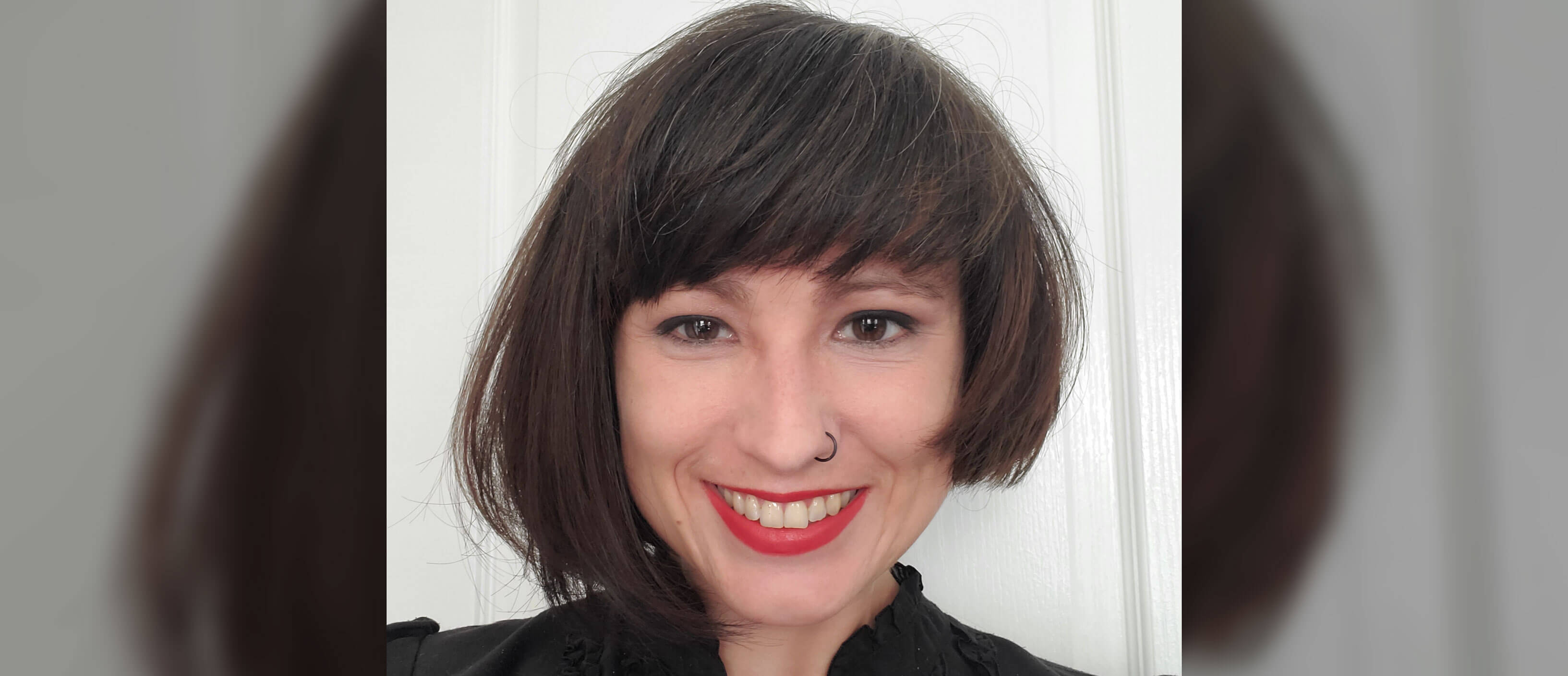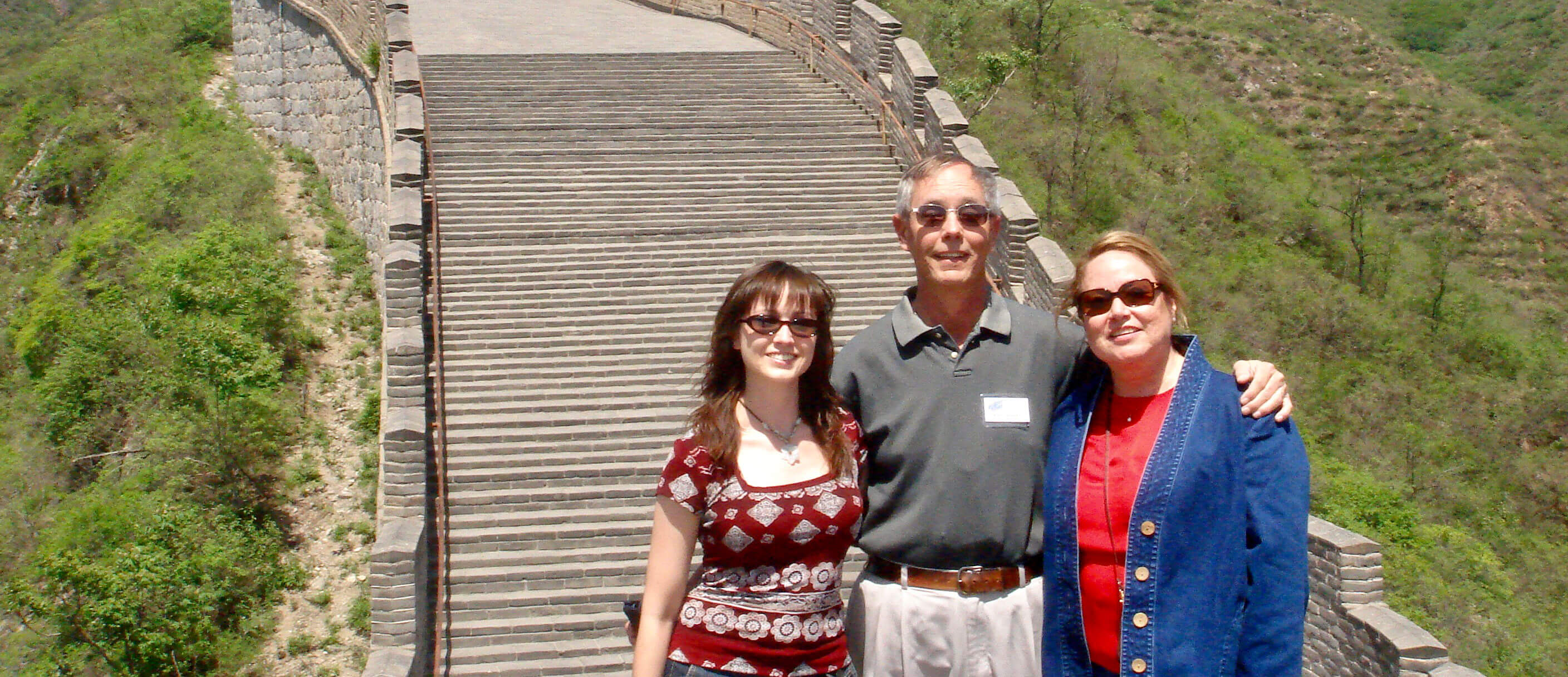A mom sat down with her daughter to have a hard conversation. It was time to tell her the dream of being a Broadway star was not reasonable when making college choices … despite her love of and talent for singing and performing.
Everyone has an origin story. But this is only half of it.
This young woman now has to decide what would be more reasonable.
Here’s the other half: After writing about a science project for an English class, her English teacher complimented her assignment and asked if she had ever considered a career in science journalism.
Those two words, science journalism, ignited a new ambition that seemed far more reasonable.
It’s what led Victoria Jaggard ’00 to Lehigh to study under famed science journalist Sharon Friedman, director of the science and environmental writing program.

Jaggard has recently been named a new deputy editor for the health and science team at The Washington Post and has held science writing roles for more than a decade at premiere publications including National Geographic, Smithsonian Magazine, and New Scientist.
She’s written about everything, including fungus, dinosaurs that refused to die, world hunger, noise pollution, animals that rival unicorns, CERNs particle accelerator halted by weasels with a penchant for chewing wires, and space, lots and lots of articles on outer space.
To name a few: The icy volcanoes on Pluto, lunar eclipses, Mars rover, meteor showers, and the likelihood of surviving a journey through a wormhole.
“I want science to help people understand the world around them,” she says.
It started with her contributions, then under the name Victoria Gilman, to a column entitled “What’s That Stuff?” when she worked at Chemical & Engineering News where she and other staff writers demystified items like margarine, MSG, astroturf, silly string, and glowsticks.
It then morphed into pop culture.
“I grew up in a family that loved Star Trek,” she says.
This led her to explore popular science concepts used in television and film. The column wasn’t written to be a killjoy but rather to explore what could be possible and how those notions served the plot.
“Reel Science” was a hit, even earning a mention in The New York Times arts and leisure section.
“Unpacking science in popular culture and using science to make connections has been a throughline in my career,” she says.
With the pandemic and all that was written about its science, such an approach seems fundamental.
“We rely on science in ways we don’t often see,” she says. “Baking and cooking are chemistry. If a ratio is wrong, then the product is impacted. Weather reports use satellites and climate models for tracking thermal currents.”
But science has a rap for being politicized. Think of commonly accepted beliefs from over the centuries that have been debunked like the Earth as the center of the universe or the world is flat. Other times, science is unpopular, like the theory of evolution.

In this image: Victoria, Michael, and Norma Jean Jaggard stand on the Great Wall of China outside Beijing in 2007, when the Lehigh University Choir was there on tour. Alumni, including Victoria, were invited to join the tour and sing with the choir during select performances.
“People have to be receptive to hearing scientific knowledge,” she says. “But how information is consumed today can make it difficult to land.”
In addition, many people don’t track the latest developments in science.
As an example, Jaggard says we should be celebrating the Artemis mission.
Despite a number of budget and technological setbacks, the successful November launch sent the Space Launch System (SLS) rocket and Orion capsule blasting off toward the moon, kicking off NASA’s big return to human spaceflight beyond Earth’s orbit.
“The Artemis program is an accelerated Apollo program where Artemis 1 is like Apollo 4, Artemis 2 will mirror Apollo 8’s uncrewed moon orbit, and Artemis 3 will have us land on the moon like Apollo 11,” she says.
Moon exploration? We did that in the 1960s. Why go back to the cold, barren, airless rock?
“We have to value the technology and effort that will make it happen,” she says. “The science and exploration of those missions may help us find solutions to the bigger problems we face on Earth.”
If you have read or seen The Martian, then you know all that the main character accomplishes by himself on a desolate planet, like growing potatoes in the red silt of Mars. Jaggard wrote about the author’s process of peer review in order to make the book as scientifically accurate as possible.
“The best science fiction takes what’s plausible and then inspires us to make it real,” she says. “We have people working on cryogenics so that humans can remain in stasis for long distance space flight. Our cellphones are like Star Trek communicators, and some are working on their version of a Star Trek medical tricorder.”
That television program serves as an anchor point for her. It could be her mother’s love for Spock or her own (over) consumption of the Voyager series. Some people, like her spouse, assume that terrestrial travel and discovery will ultimately bring some kind of destruction – at its most severe, think of alien spawn bursting forth from a stomach.
But not Jaggard.
“I believe that humans are capable of being better,” she says.
This seems to harken back to her liberal arts training. Remember, she aspired to starring roles in giddy musicals. Instead, she edited the science page in The Brown and White while singing in the university chorus all four years. That well-roundedness continued as she competed in a competitive karaoke league and took up acrylic painting.
“In part, the environmental movement began during the Apollo program as people saw images of the Earth, so fragile and lonely floating in the darkness of space. People realized for the first time that we might need to protect the planet from ourselves. Today’s advances in science and technology have brought us tools that can help or hinder us, depending on who holds them and how they are used.”